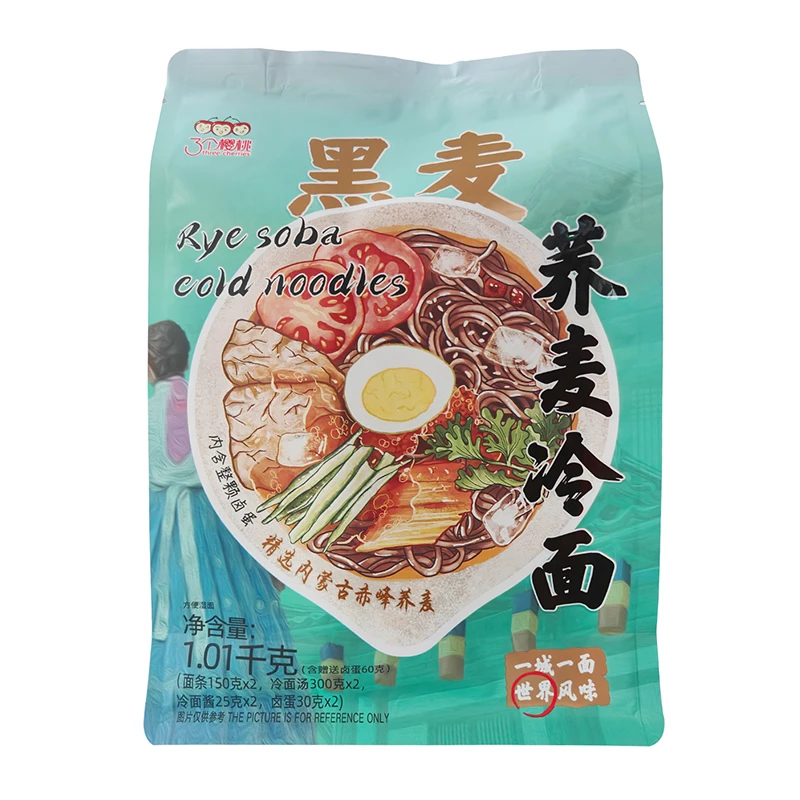soba noodles gi
Exploring the Glycemic Index of Soba Noodles A Delicious and Healthy Choice
In recent years, the culinary world has experienced a renewed interest in health-conscious eating, prompting many individuals to explore alternatives to traditional wheat-based pasta. One such option that has gained popularity is soba noodles. Originating from Japan, soba noodles are made from buckwheat, a nutrient-rich grain that is gluten-free and boasts a variety of health benefits. One of the most significant factors that contribute to this noodle's appeal is its glycemic index (GI), a measurement that indicates how quickly foods raise blood sugar levels.
Exploring the Glycemic Index of Soba Noodles A Delicious and Healthy Choice
Soba noodles generally have a moderate glycemic index, typically falling between 50 and 60. This position on the GI scale makes them a more favorable option compared to conventional pasta made from refined wheat, which has a higher GI and can lead to quicker spikes in blood sugar levels. The buckwheat used in soba noodles is not only rich in fiber but also contains essential amino acids, vitamins, and minerals, including manganese, magnesium, and phosphorus. This nutrient profile can contribute to overall wellness while supporting the body's ability to maintain optimal blood sugar levels.
soba noodles gi

Another benefit of soba noodles is their versatility in culinary applications. They can be served chilled in salads, tossed in stir-fries, or enjoyed warm in soups. This adaptability allows for creative and appealing meal options that can cater to diverse palates. One popular dish, “Zaru Soba,” consists of chilled soba noodles served on a bamboo mat, often accompanied by a soy-based dipping sauce, green onions, and wasabi. This refreshing meal not only showcases the unique flavor and texture of soba but also combines well with various vegetables and proteins, enhancing its nutritional profile.
For those monitoring their glycemic response, pairing soba noodles with low-GI foods such as non-starchy vegetables, lean proteins, and healthy fats can further help stabilize blood sugar levels. Ingredients like avocado, grilled chicken, or a medley of colorful vegetables can transform a simple noodle dish into a balanced meal that satisfies hunger and sustains energy.
Despite the benefits, it’s essential to consume soba noodles in moderation as part of a balanced diet. Overeating any carbohydrate can lead to unwanted spikes in blood sugar, regardless of the GI. It's also worth noting that soba noodles can vary in GI depending on how they are prepared. For instance, overcooking may result in a higher GI due to the increased availability of sugars, while cooking them al dente can help retain a lower GI.
In summary, soba noodles are a delicious and nutritious option worth considering for anyone looking to enjoy pasta without compromising health. With a moderate glycemic index, they provide a satisfying, low-GI alternative, perfect for maintaining energy levels and supporting optimal blood sugar management. Incorporating soba noodles into your diet can lead to delightful culinary experiences while promoting better health. So, next time you’re in the mood for a comforting bowl of noodles, consider reaching for soba as a wholesome choice!
-
Unleash Your Inner Chef with Delectable Italian Pasta CreationsNewsAug.01,2025
-
Savor Health and Flavor: Irresistible Soba Noodles for Sale Await!NewsAug.01,2025
-
Nourish Your Body with Premium Organic Ramen - A Culinary Delight AwaitsNewsAug.01,2025
-
Elevate Your Dishes with Our Exquisite Kinds of Egg NoodlesNewsAug.01,2025
-
Dive into Flavorful Convenience with Our Ramen OfferingsNewsAug.01,2025
-
Discover Exquisite Types of Naengmyeon and Chilled Soba NoodlesNewsAug.01,2025
-
Is Whole Wheat Pasta Healthy?NewsMay.30,2025
Browse qua the following product new the we

















































































































